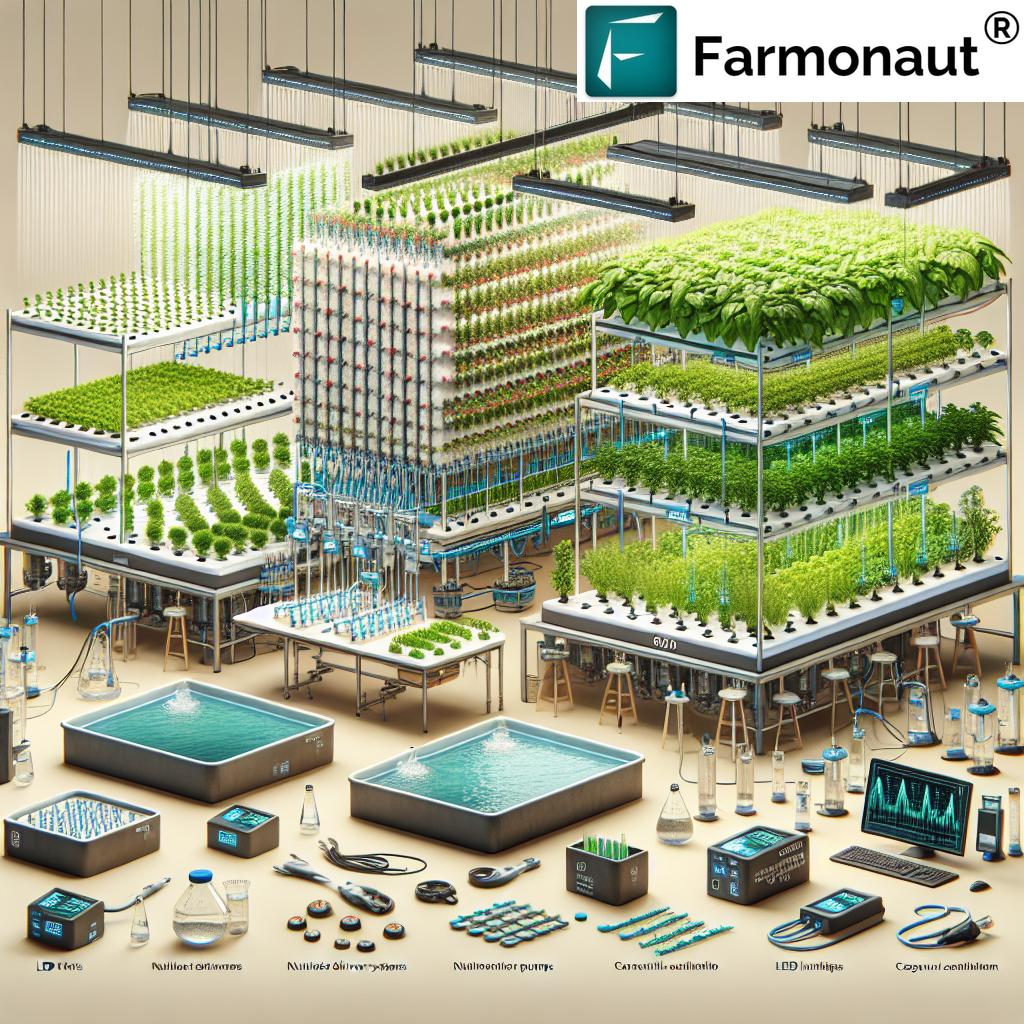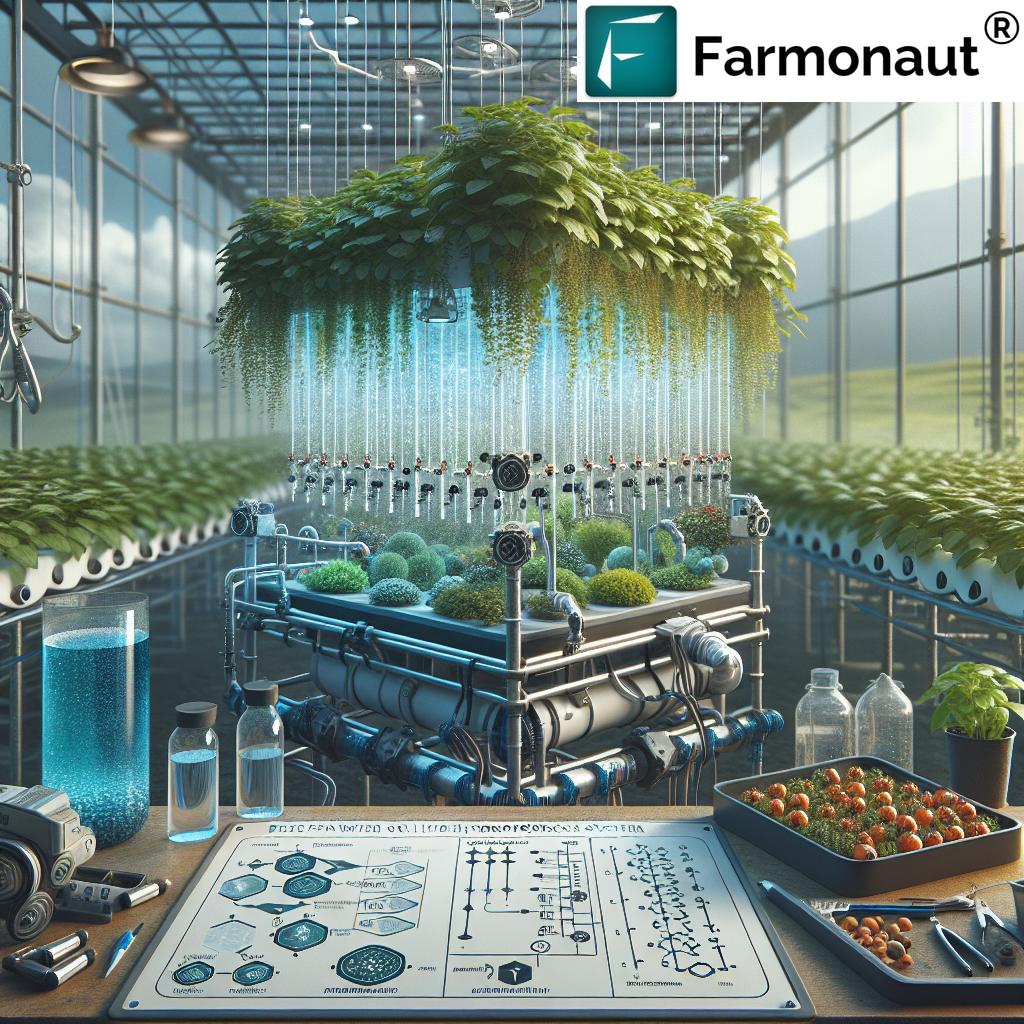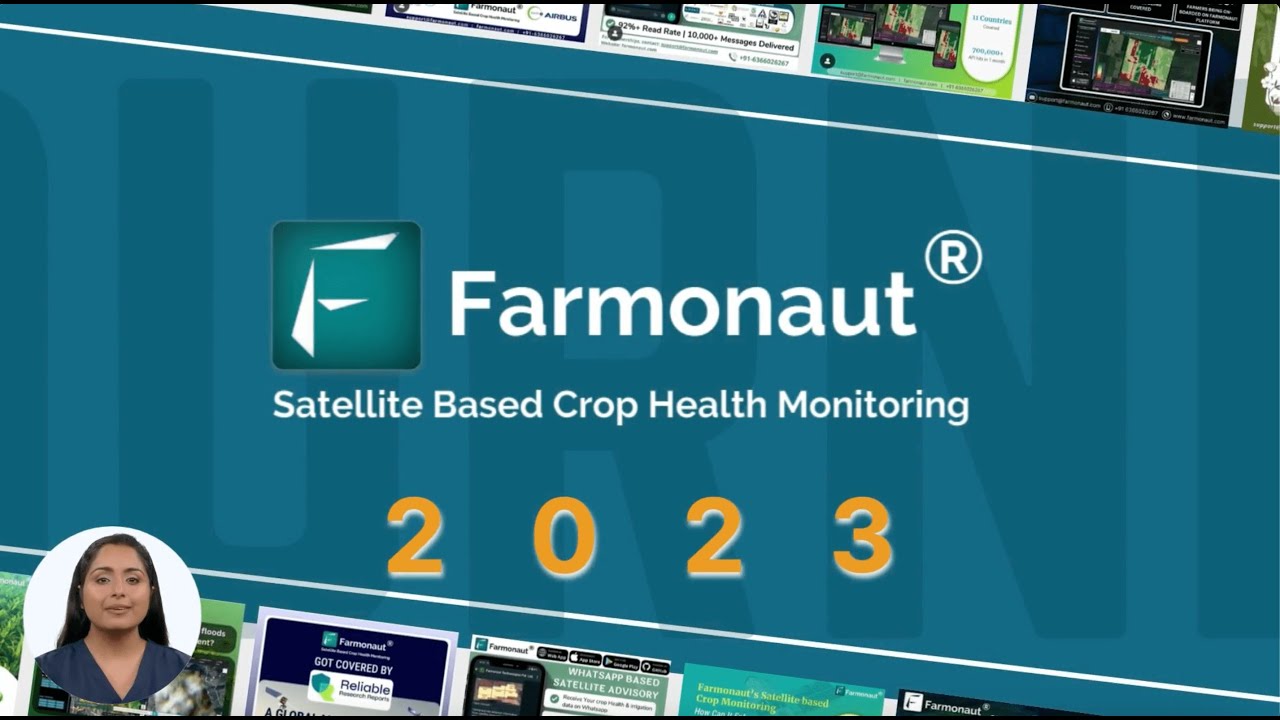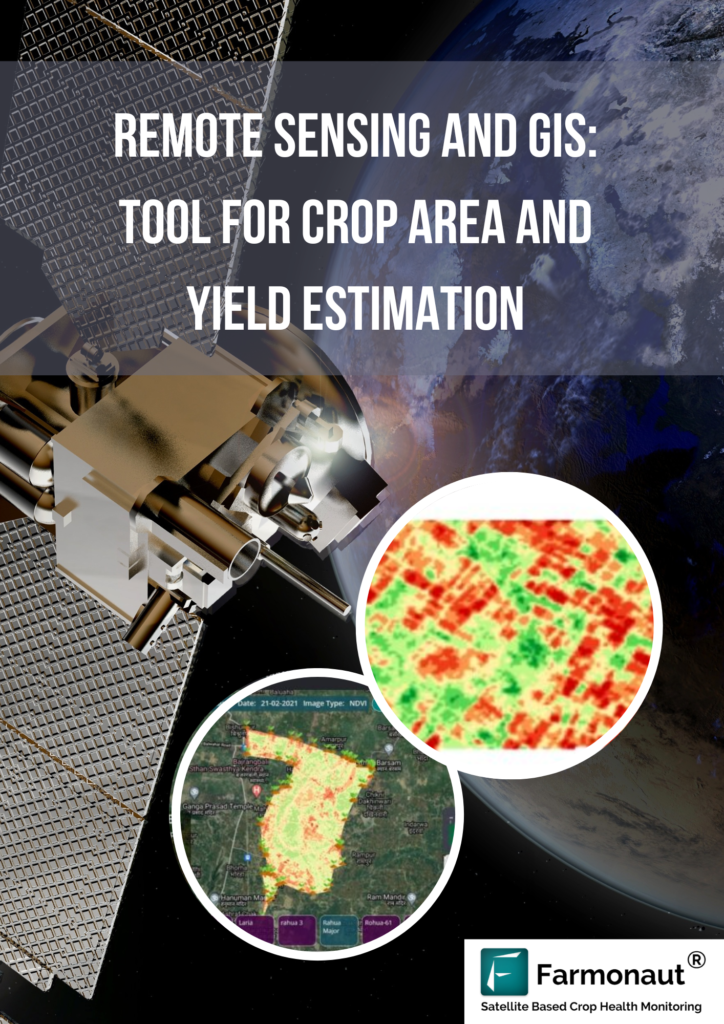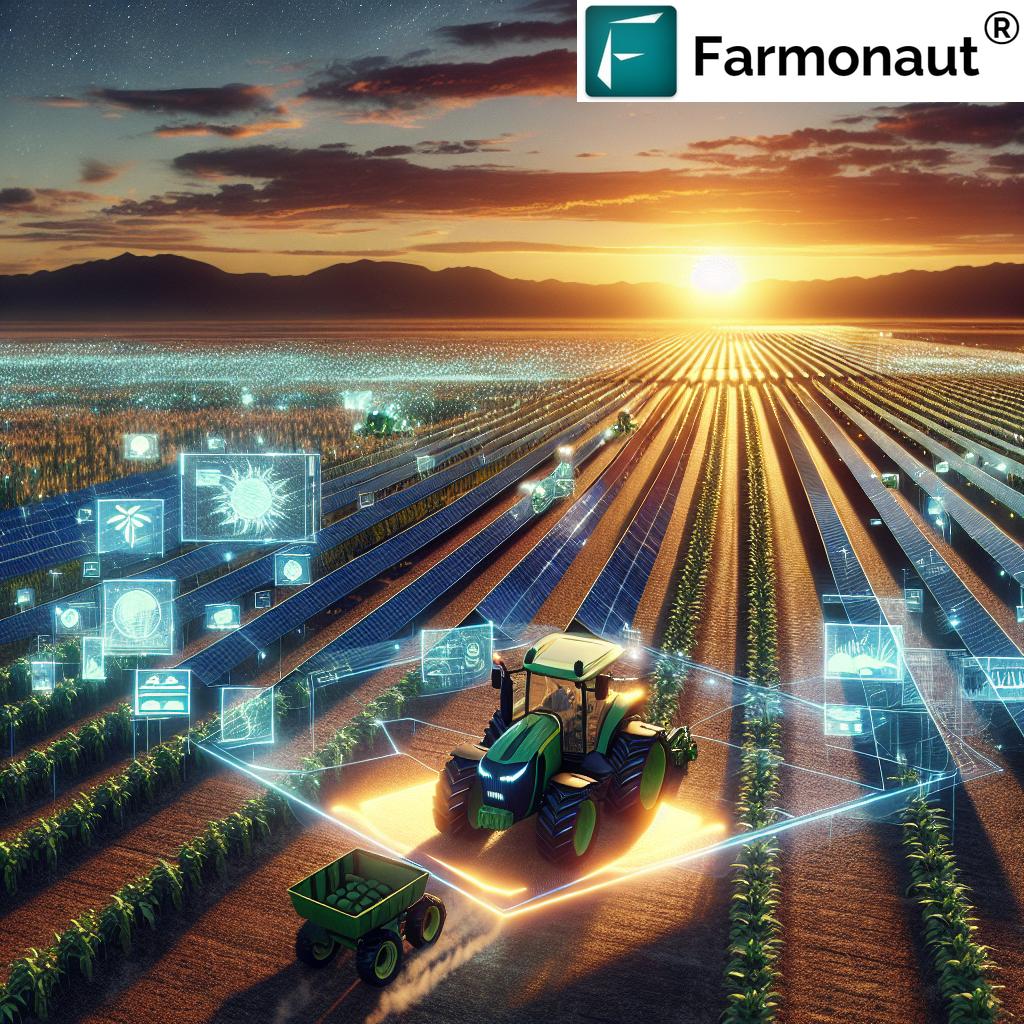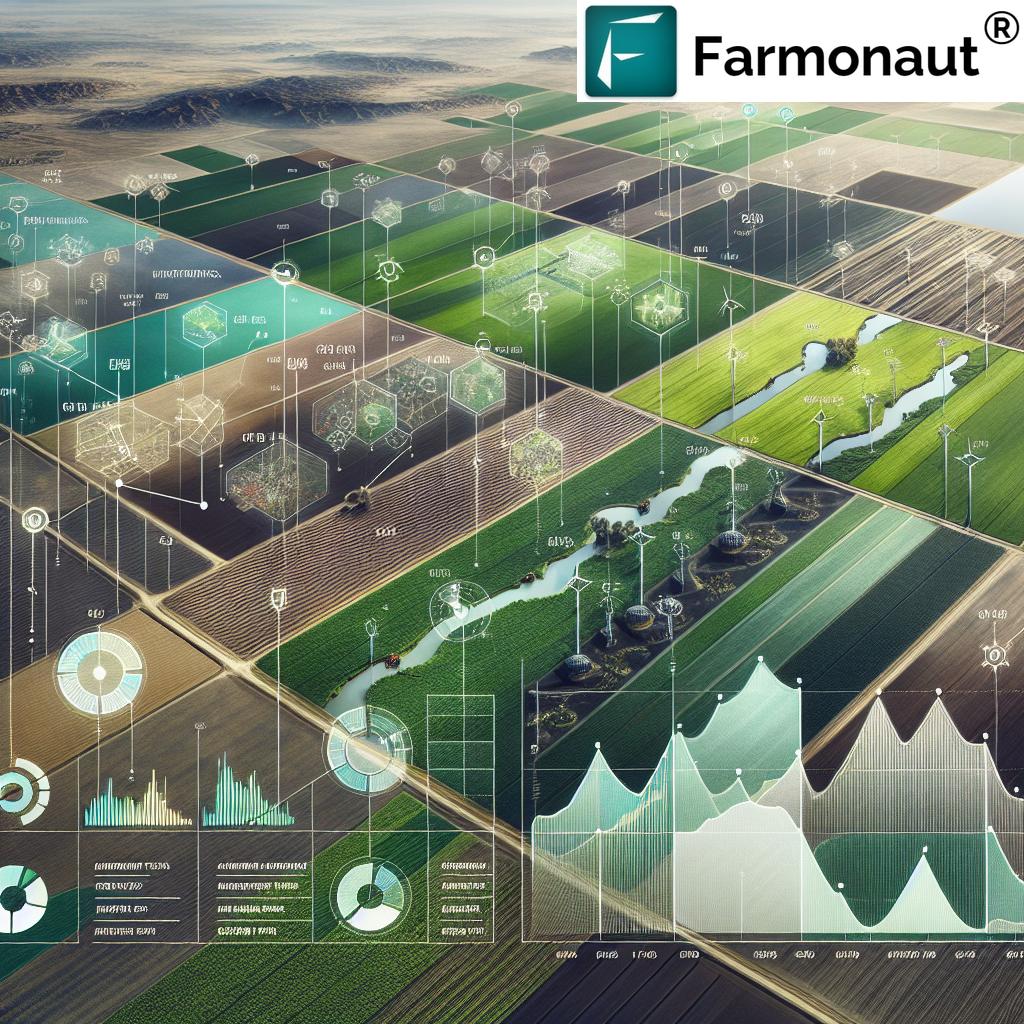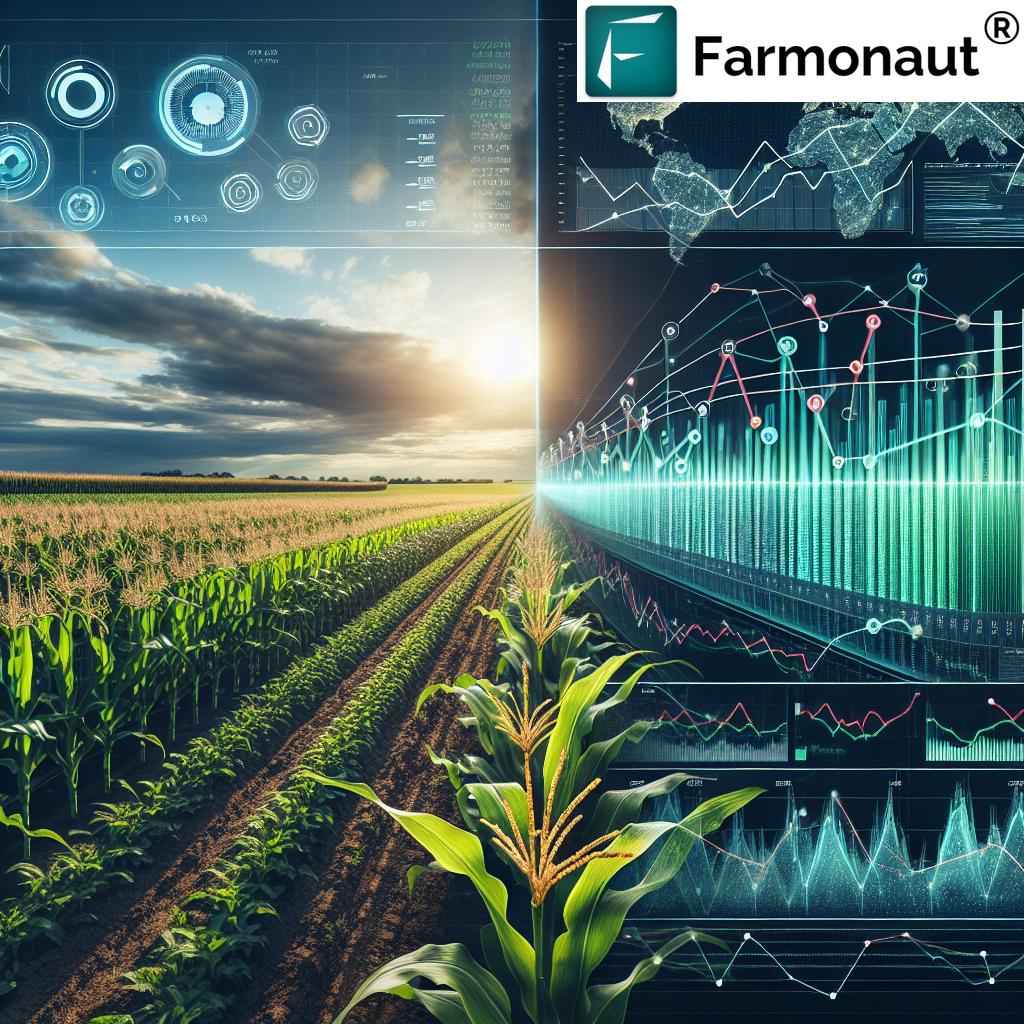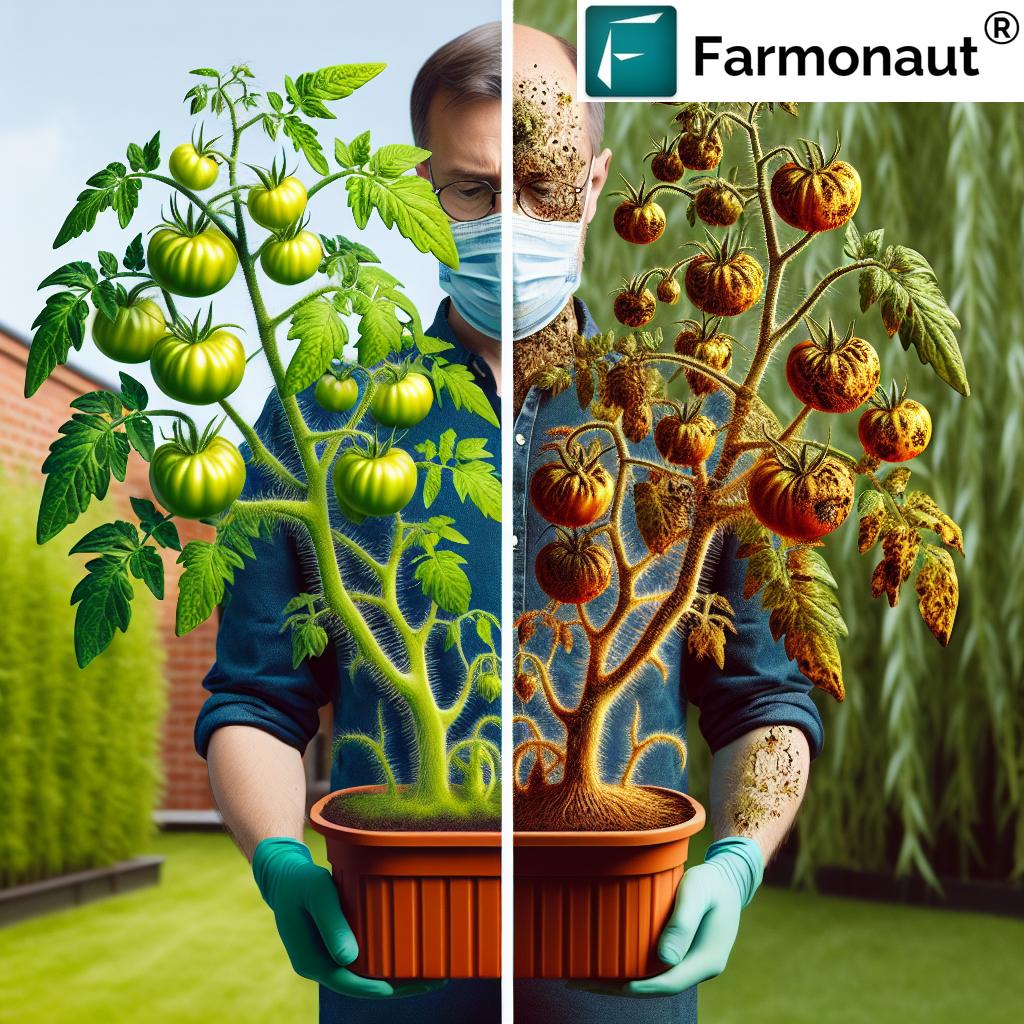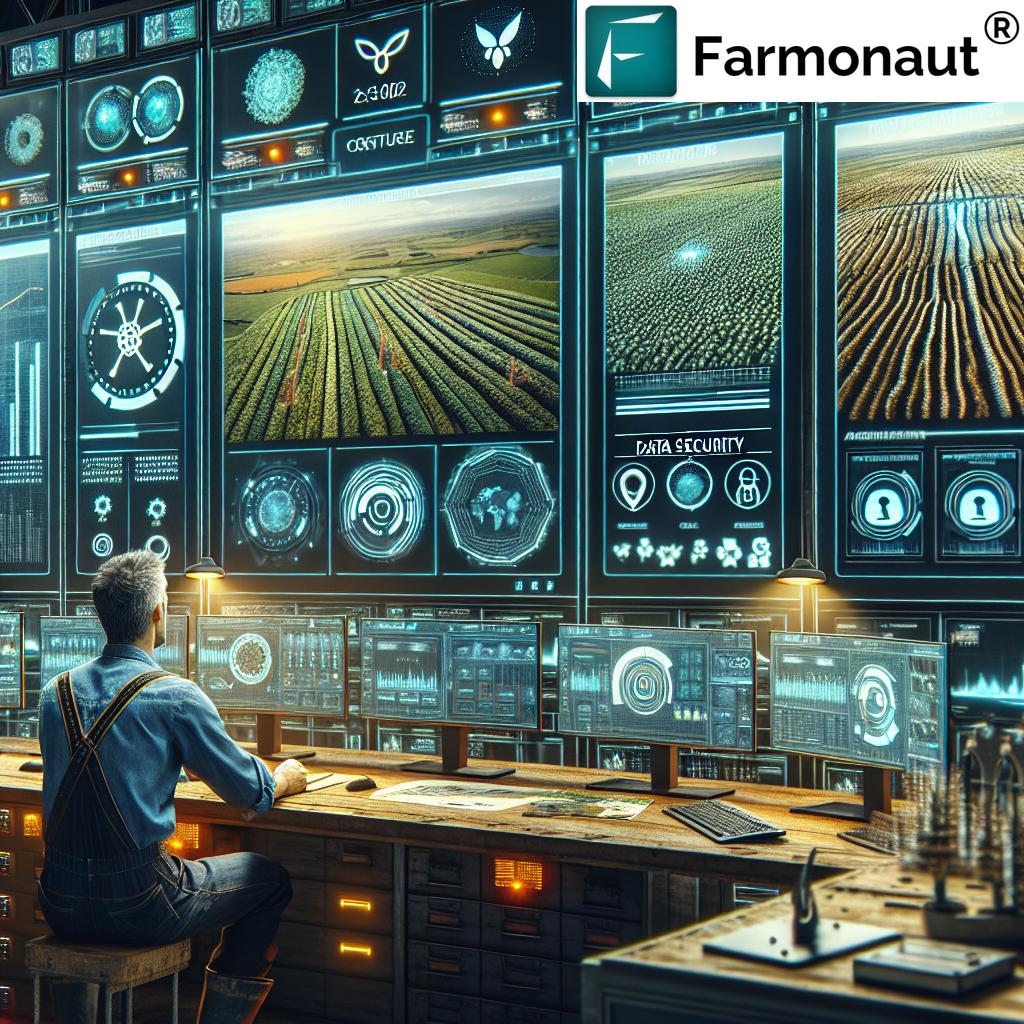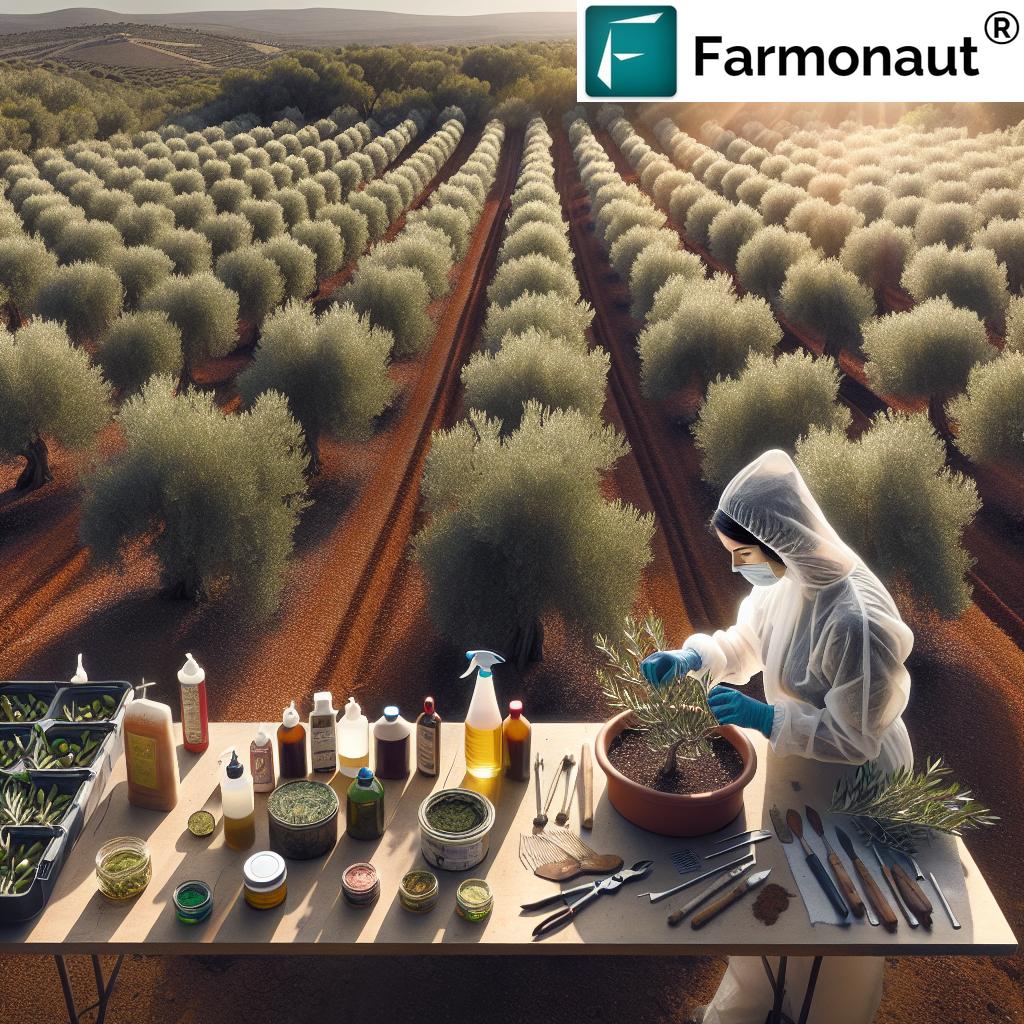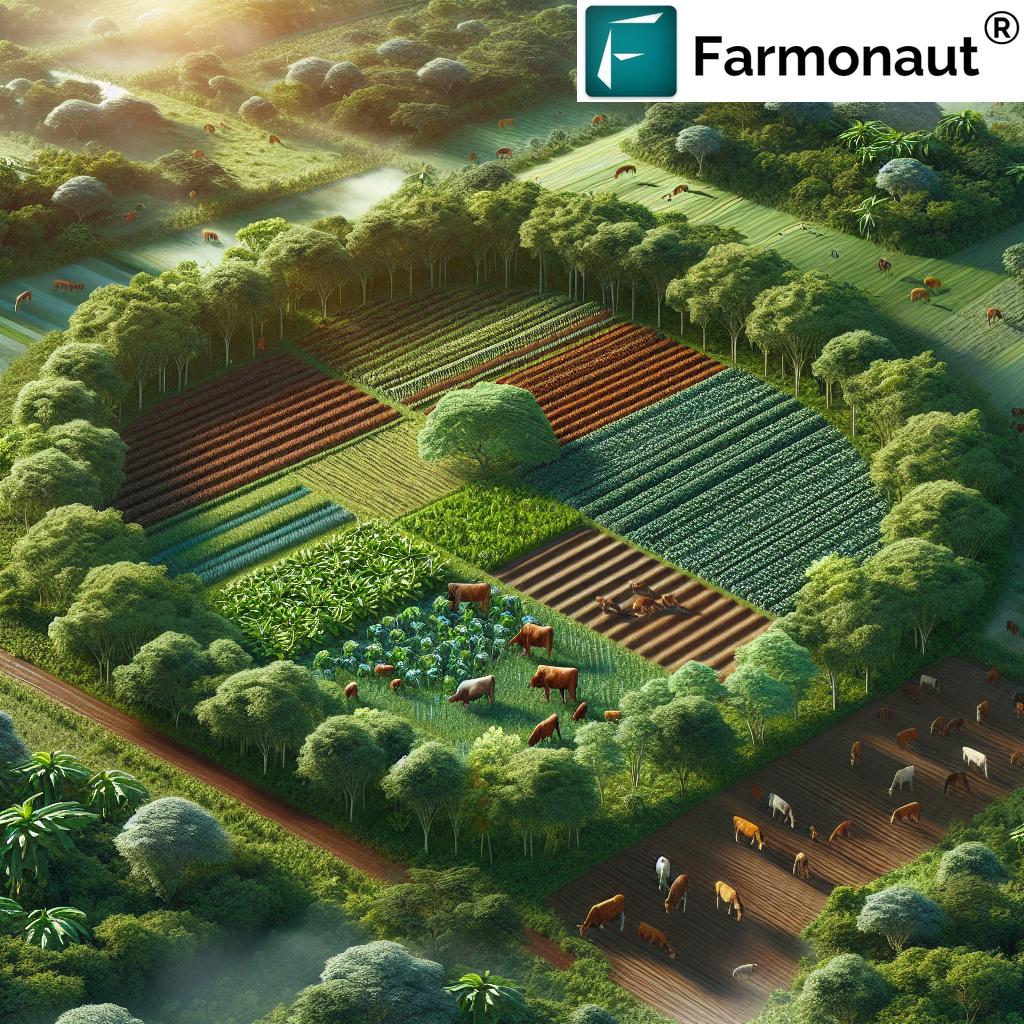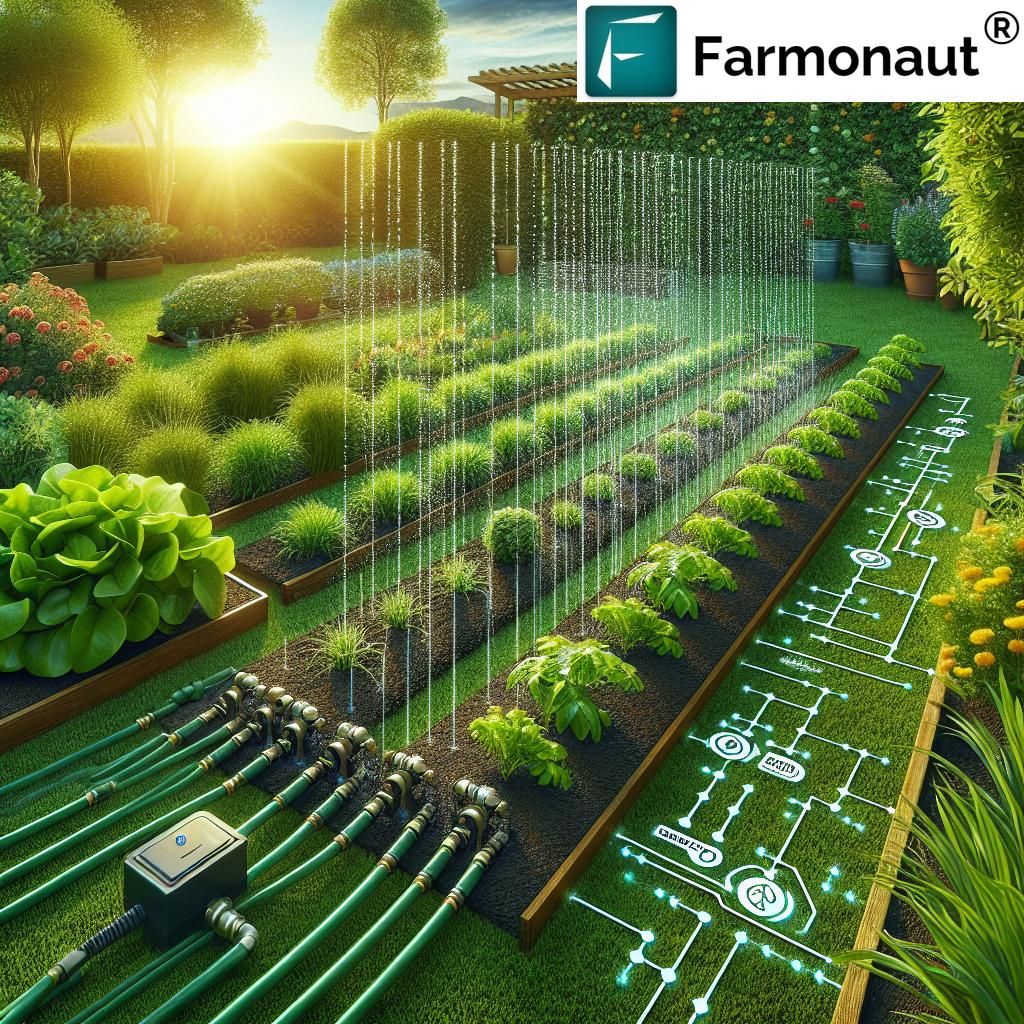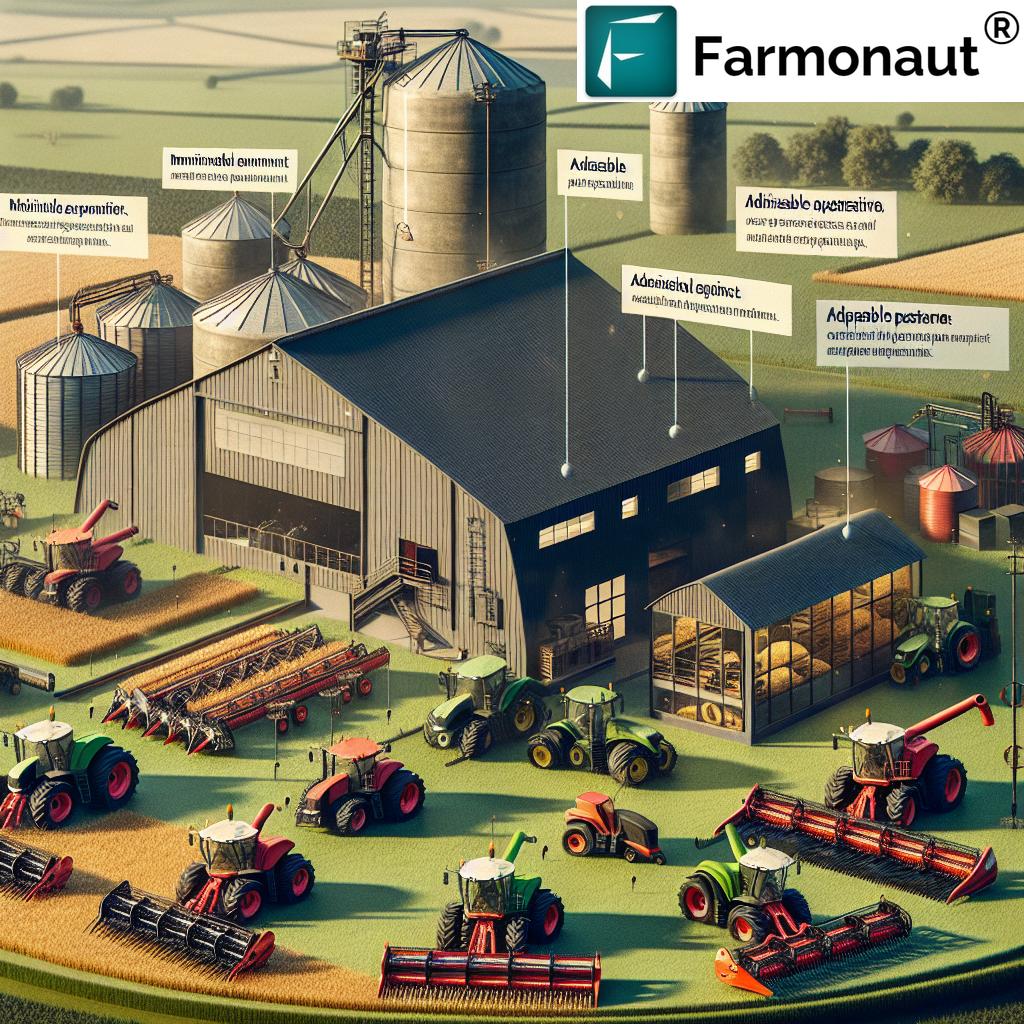Hydroponic Farm Equipment: 10 Shocking Essentials!
Table of Contents
- Introduction to Hydroponic Farm Equipment
- 1. Hydroponic Systems: The Foundation
- 2. Hydroponic Growing Mediums Explained
- 3. Nutrient Delivery Systems: The Lifeblood of Hydroponics
- 4. Environmental Control Equipment
- 5. Automated Hydroponic Monitoring Tools & Tech
- 6. Maintenance & Support Equipment for Hydroponics
- 7. Specialized Vertical Hydroponic Systems
- 8. Aquaponic Hydroponic Integration
- Comparison Table: 10 Shocking Hydroponic Farm Equipment Essentials
- Farmonaut Tech Solutions for Precision Hydroponics
- FAQ – Your Hydroponic Farm Equipment Questions Answered
- Conclusion
Introduction to Hydroponic Farm Equipment
As we push the boundaries of sustainable agriculture and smart farming, hydroponic systems have emerged as a revolutionary method for cultivating plants efficiently—without soil and with astonishing resource savings. At the core of hydroponic success are sophisticated hydroponic farm equipment pieces: from nutrient delivery systems and automated monitoring tools to advanced environmental control solutions.
In this comprehensive blog post, we’ll unravel the 10 most shocking essentials in hydroponic farming equipment—covering their roles, costs, benefits, and how each device empowers efficient, sustainable crop production. You’ll learn how the right technology and tools not only support plant growth and robust root development but also maximize efficiency and scalability for both home growers and commercial vertical farms.
Our approach highlights innovation, sustainability, and precision agriculture—guided by Farmonaut’s mission to democratize cutting-edge data-driven agriculture for everyone.
1. Hydroponic Systems: The Foundation of Efficient Plant Growth
The foundation of any thriving hydroponic farm is a system tailored to deliver nutrients and oxygen to plant roots while providing support and stability. With a variety of innovative hydroponic systems available, each features different components and benefits. Let’s explore the most impactful methods:
Deep Water Culture Hydroponics (DWC)
- Roots are suspended in an oxygenated, nutrient-rich solution.
- The large volume of water buffers against rapid changes in pH, electrical conductivity, temperature, and nutrient composition.
- Ideal for leafy greens and herbs. (Source: Wikipedia: DWC)
NFT Hydroponic System (Nutrient Film Technique)
- A thin film of nutrient solution continually flows over exposed plant roots.
- Roots absorb oxygen from the air and nutrients from the flowing water.
- Efficient for high-output crops like lettuce and other leafy vegetables.
Kratky Method: The Passive Hydroponic Technique
- Plants are suspended above a nutrient reservoir—as water is consumed, an air gap forms, allowing roots to access oxygen.
- No pumps required; low maintenance and suitable for home growers or small projects.
- (Source: Wikipedia: Kratky Method)
Key Benefits:
- Enable sustainable crop production year-round.
- Reduce water waste and nutrient runoff.
- Highly scalable, from desktop gardens to commercial vertical farms.
2. Hydroponic Growing Mediums Explained
While hydroponics eliminates soil, plant roots still need structure and air. That’s where hydroponic growing mediums come in: inert materials that support plants, stabilize roots, and optimize moisture/aeration for healthy plant growth. Let’s break down the top mediums used globally:
- Coconut Coir: Made from processed coconut husk, coir provides a natural, renewable resource with excellent water retention and aeration. It’s particularly popular for root development and seedling propagation.
- Perlite: A volcanic glass that expands upon heating, perlite is lightweight, offers good drainage and efficient oxygen flow, and is often mixed with other mediums for balanced growth.
- Rockwool: Manufactured from basalt rock, rockwool cubes are sterile, stable, and provide consistent moisture. However, users should monitor pH closely as it can affect nutrient uptake.
Each growing medium supports varied root systems and plant types—choose the one best suited to your hydroponic system and crop goals.
3. Nutrient Delivery Systems: The Lifeblood of Hydroponics
Hydroponic nutrient delivery systems are at the core of efficient, soilless plant cultivation. These systems ensure a constant supply of water and essential minerals, enabling optimal growth and plant health. Let’s walk through each vital component:
- Reservoirs: Hold the nutrient solution that feeds your plants. Choose sizes appropriate for your crop volume and manage pH and nutrient composition here.
- Pumps: Move the nutrient solution from reservoirs through pipes and channels to roots. These devices ensure even delivery and prevent stagnation.
- Air Stones and Air Pumps: Crucial in DWC hydroponic systems, these parts oxygenate the water, promoting healthy, white root development and avoiding suffocation.
Regular maintenance and monitoring of these elements is crucial for sustainable, efficient farming.
4. Environmental Control Equipment
Maintaining optimal environmental conditions—light, temperature, humidity, and gas exchange—is vital for maximizing yields in hydroponic farming. Today’s technology enables precise control through specialized devices:
- Lighting Systems (LED/Fluorescent): Supplement or replace sunlight with spectrum-targeted fixtures, enabling year-round, indoor, or urban farming. LEDs are energy-efficient with customizable spectrums for different growth stages.
- Climate Control (HVAC): Regulate temperature and humidity with heating, cooling, and air filtration, ensuring a consistent environment for robust production.
- pH and EC Meters: Monitoring and adjusting pH and electrical conductivity in the solution ensures nutrient availability and prevents deficiencies.
Hydroponic environmental control is fundamental for precision agriculture and is key to enabling sustainable crop production and scaling operations efficiently.
5. Automated Hydroponic Monitoring Tools & Technology
Automation and monitoring tools have transformed hydroponic farming by drastically reducing both manual labor and environmental variability. These devices drive consistency, scalability, and profitability in high-tech farms.
Hydroponic Equipment Innovations:
- Hydroponic dosing systems: Automated solutions that monitor and adjust pH, EC, and nutrient concentrations in real-time—minimizing human error and guaranteeing optimal growth conditions. (See: Wikipedia: Hydroponic Dosers)
- Ultrasonic hydroponic foggers: Use high-frequency vibrations to create a fine nutrient mist, dramatically increasing root oxygenation and delivery efficiency for more vigorous root and plant growth.
- IoT-enabled monitoring systems: Connect sensors for temperature, humidity, CO₂, and nutrient levels to the cloud, so growers can receive alerts, access analytics, and remotely control their hydroponic farms. (Source: arxiv.org: IoT in Hydroponics)
These automated hydroponic monitoring tools elevate efficiency to new heights, saving time and improving yields—making hydroponic equipment more accessible and scalable than ever before.
For real-time satellite-based crop and field health monitoring, try Farmonaut’s Large Scale Farm Management Solution. This platform leverages multispectral imagery and AI to provide precision monitoring for hydroponic and soil farms alike. It’s available as both a web and mobile app.
Enhance traceability in your hydroponically grown produce with Farmonaut’s Blockchain Traceability Solution. Track your crops seamlessly from planting tray to market—building trust with both buyers and consumers through verified, tamper-proof data.
Interested in reducing your operation’s carbon impact? Farmonaut Carbon Footprinting calculates and visualizes your hydroponic farm’s emissions in real time.
6. Maintenance & Support Equipment for Hydroponics
Routine maintenance and quick access to spare equipment parts are critical for long-term hydroponic system efficiency. Let’s outline what every grower should keep on hand:
- Cleaning tools: High-pressure water sprayers, sanitizing solutions, and specialized brushes prevent algae buildup and minimize disease—especially in the reservoirs, pipes, trays, and growing mediums.
- Replacement parts: Extra pumps, tubing, air stones, and backup sensors allow for immediate repair, reducing downtime and protecting plants from stress.
Efficient maintenance adds up to higher crop yields and fewer unexpected losses. A preventative approach streamlines resource use—a hallmark of sustainable crop production.
7. Specialized Equipment for Vertical Hydroponic Systems
Vertical hydroponic systems multiply your growing capacity by stacking plant beds upward—perfect for urban agriculture, greenhouses, and resource-efficient commercial farms. To make these facilities function optimally, several high-tech tools are now essential:
- Automated harvesting lines: Mechanical systems that handle the cutting, packaging, movement, and sterilization of growing trays, thereby improving efficiency and reducing labor costs.
- Modular Automated Crop Transport Systems (MACARONS): These smart systems automate the logistics of tray movement—loading/unloading, scheduling harvests, and monitoring plant progress across vertical racks. They are crucial for scaling up operations efficiently. (Reference: Read research)
Advanced environmental control and automation are especially important as stacking increases the need to monitor light, airflow, humidity, and temperature at each farm layer.
Want to streamline greenhouse and hydroponic management? Farmonaut Fleet Management tools help modern agribusinesses oversee crop transport, equipment use, and resource allocation for smart, scalable operations.
8. Aquaponic Hydroponic Integration
The frontier of sustainable agriculture is the integration of hydroponics with aquaponics. This innovative approach combines fish farming (aquaculture) with soilless plant cultivation—creating a closed-loop system where fish waste nourishes plants and plants purify water for the fish.
- Aquaponic systems feature recirculating water that carries nutrient-rich waste from the fish tanks into hydroponic plant beds.
- Plant roots absorb the nutrients, acting as living filters and maintaining water quality for the aquatic livestock.
This aquaponic hydroponic integration is uniquely harmonious—enabling resource recycling, zero synthetic fertilizer input, and maximum environmental sustainability.
Farmonaut’s Crop Loan & Insurance tools can be utilized to streamline crop verification even in aquaponic and hybrid farm setups.
Comparison Table: 10 Shocking Hydroponic Farm Equipment Essentials
The following table offers a quick yet comprehensive guide to comparing the most essential hydroponic farm equipment. We break down estimated costs, primary functions, innovation, and sustainability for clear, actionable decision-making:
| Equipment Name | Estimated Cost (USD) | Primary Function | Technological Innovation | Maintenance Level | Sustainability Impact |
|---|---|---|---|---|---|
| Deep Water Culture System (DWC) |
$200–$2,000+ | Suspends roots in nutrient-rich, oxygenated water | Stable, buffered environment; high oxygenation | Low–Medium | High |
| NFT Hydroponic System | $300–$4,000+ | Thin film of nutrient solution flows over roots | Efficient water use; continuous delivery | Medium | High |
| Kratky System | $120–$600 | Passive reservoir holding plant roots; no pumps | No electricity; easy for home growers | Low | Medium–High |
| Coconut Coir Medium | $8–$50 per bag | Natural root support, moisture/aeration | Renewable; minimal environmental impact | Low | High |
| Perlite & Rockwool Mediums | $10–$30 per bag/cube pack | Root aeration; inert stability | High drainage and air flow | Low | Medium–High |
| Nutrient Delivery Pumps | $40–$200+/unit | Distribute nutrients and oxygen to plant roots | Programmable delivery; integration with sensors | Medium | High |
| LED Grow Lighting System | $250–$3,500+ | Provide photosynthetically active radiation (PAR) | Programmable spectrum; energy efficient | Low–Medium | Medium–High |
| IoT Environmental Monitor | $120–$800 per node | Monitor temp, humidity, pH, EC, CO₂, etc. | Cloud connectivity; remote control | Low | High |
| Automated Dosing & Fogging Devices | $500–$2,500+ | Maintain precise nutrient & oxygen delivery | AI/automation minimizes human error | Medium | High |
| Automated Harvesting Lines | $2,500–$30,000+ | Efficiently harvest, transport, and process crops | Labour-saving robotics; modular scalability | Medium–High | High |
Farmonaut Tech Solutions for Precision Hydroponic Farming
Farmonaut is an agricultural technology pioneer transforming how hydroponic—and traditional—farmers approach sustainable, efficient crop production worldwide. Our ecosystem of solutions empowers growers with:
- Real-time satellite crop monitoring through our platform: Analyze field-level plant health, soil moisture, and nutrient needs. Learn more.
- AI-powered farm advisory for proactive system management—maximize every input for your hydroponic and soil crops.
- Blockchain-based product traceability—build customer trust and enhance compliance for every bunch of leafy greens, herbs, or hydroponic tomatoes. Explore traceability.
- API access to our satellite/weather datasets: Easily integrate with greenhouse software, environmental controllers, or hydroponic monitoring dashboards. Start with the API – view docs at Developer Docs.
- Resource and fleet management features purpose‑built for large hydroponic farms and urban agriculture operations. Fleet Management.
- Carbon footprinting and sustainability tracking: Quantify, monitor, and improve your environmental impact for greener, future-ready hydroponics. See how it works.
Try Farmonaut’s mobile and web apps for instant access to these insights and more!
Get started with a Farmonaut Subscription:
FAQ – Your Hydroponic Farm Equipment Questions Answered
What is the most essential hydroponic farm equipment for beginners?
For most beginners, a simple Deep Water Culture (DWC) system using a reliable pump, basic pH/EC meter, and a natural growing medium like coconut coir is ideal. This setup offers excellent results with minimal technical complexity.
Do hydroponic nutrient delivery systems need regular calibration?
Yes. Regularly calibrate your pH and EC meters to ensure your plants receive the correct nutrient concentrations. This is critical for plant health and maximum yields.
How often should I clean my hydroponic equipment?
Most systems require cleaning every 2–3 weeks—especially reservoirs, tubing, and air stones. Thorough cleaning prevents algae buildup, blockages, and disease.
Can Farmonaut help manage vertical hydroponic systems?
Absolutely. Farmonaut’s remote monitoring, AI advisory, and resource management tools are perfect for large, multi-layered hydroponic and vertical farm operations.
Is hydroponic farming sustainable?
Hydroponic farming is considered very sustainable due to its low water usage, zero soil degradation, minimized pesticide requirement, and scalable, resource-efficient nature—especially when combined with renewable energy and data-driven management tools like Farmonaut.
How do I access Farmonaut’s satellite-based insights and API?
Download the Farmonaut web/mobile app, or integrate with your existing system via the Farmonaut API. Developer documentation is available here.
Conclusion
Hydroponic farm equipment empowers the world’s growers to shift from soil-based to water-smart, precision agriculture—transforming urban rooftops, greenhouses, and rural landscapes into resilient food factories. From foundational DWC hydroponic systems and high-performance nutrient delivery components to automated monitoring tools and rigorous environmental control, each device plays a vital role in efficient, sustainable crop production.
As advances in technology, data, and automation—informed by trailblazers like Farmonaut—continue to reduce both economic and ecological cost, hydroponics will lead the charge toward food security, climate resilience, and a more sustainable planet. The right combination of equipment and monitoring tools doesn’t just help your plants grow—it helps agriculture itself evolve.





